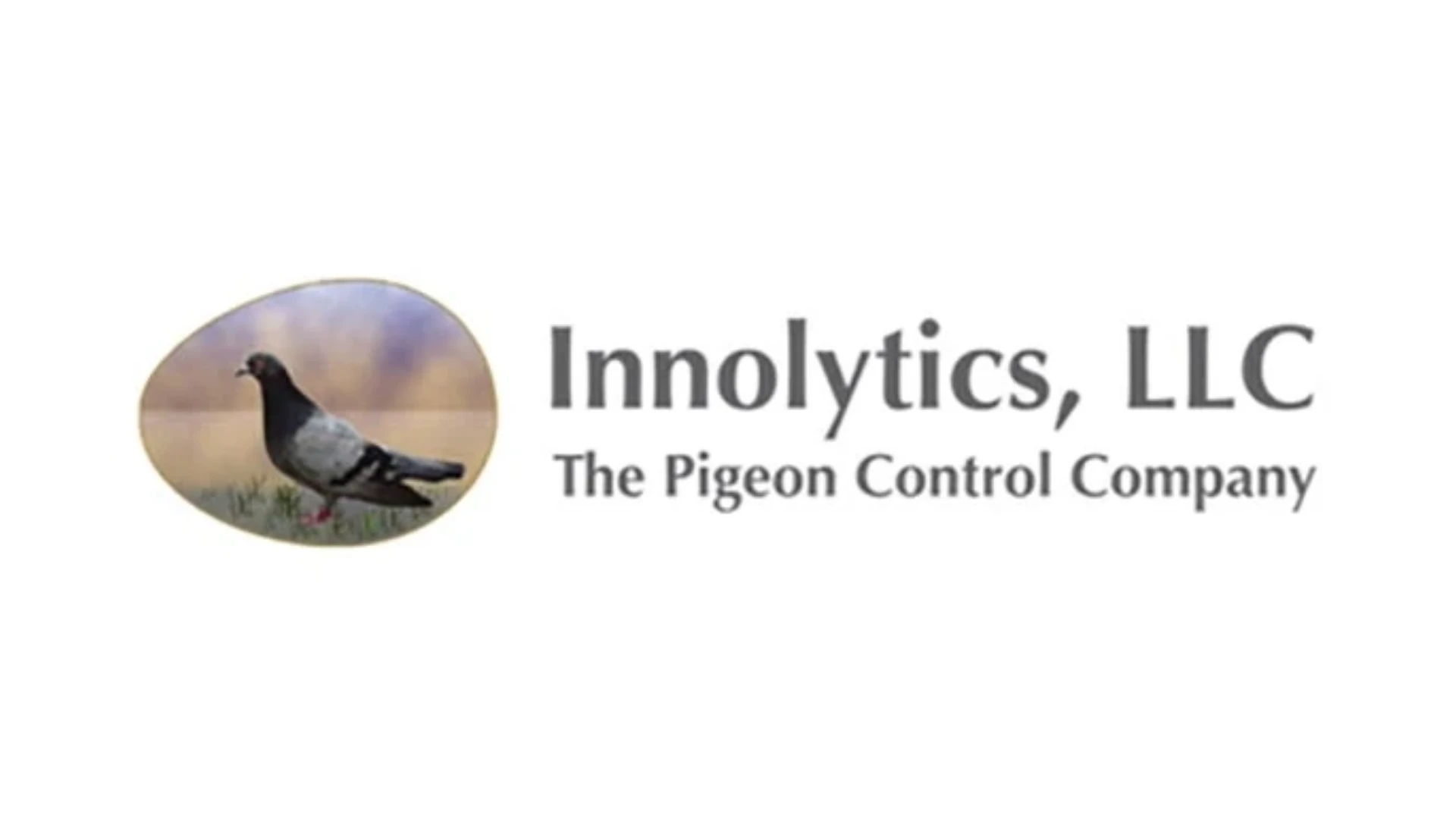| The Time is Right for Yellowjackets |
| It's the right time of summer for you to look for and treat yellowjacket nests in your accounts. The nests are big enough that you should be able to easily see the activity, but not as big (and difficult to treat) as they will be two months from now. Most customers don't notice that they have a yellowjacket problem until late summer, but you can make it easier on everyone by taking care of the nests now. Are there yellowjackets at the hummingbird feeders or around the garbage cans in your accounts? If there seems to be a lot of yellowjacket activity, there's no doubt a nest or nests nearby. It's fairly easy to see yellowjackets moving to and from their nests — especially if the sun is out. If you look across a sunny area, you will see them zip by on a regular flight path when entering or leaving the nest. You can also bait yellowjackets to help locate the nests. At this time of year, most any type of protein-based food will work. Open a can of tuna-flavored cat food and place it near where you are seeing yellowjackets. They'll soon find the food and you can follow their flight as they take it back to the nest. Don't assume that you're done when you've found one nest. There may be more in the same area. And remember, you can have ground nests or aerial nests. — Techletter |
Editor's note: This article was adapted from Techletter, a biweekly publication from Pinto & Associates, Mechanicsville, Md. To subscribe, visit www.techletter.com, or call 301/884-3020.
To control yellowjackets nesting inside a wall or ceiling void, you need to pinpoint the nest or you need to find the outside entrance hole. Otherwise, your insecticide application may simply agitate the yellowjackets. Then they're apt to create a new exit, maybe chewing through plasterboard and into a room.
A nest may be only a few inches from the entrance hole, or it may be inside a void 30 feet away. You can sometimes locate the nest by placing a listening device (or your ear) against the wall and listening for buzzing and scratching.
If you know the location of the entrance hole (but not of the nest itself), you can inject insecticide into the hole. But if the nest is far away, an aerosol may not reach it. A residual dust blown into the opening penetrates further and is also carried into the nest on the bodies of returning workers. A good practice is to first use a "quick-freeze" aerosol product to eliminate stirred-up wasps near the entrance and, if you're lucky, all the way back down to the nest. Then blow insecticide dust into the hole, but don't close the hole. Make sure the dust or aerosol you use is labeled for the site (indoors, outdoors, void) and application method you are using.
If you know precisely where the nest is inside the void, you can drill a small hole into the wall and inject an insecticide aerosol or dust directly into the nest. After treatment, seal your drill hole if it's on the inside. If you've also found the nest entrance hole, dust it and leave it open after treatment so that any returning worker yellowjackets will be killed.
Some PMPs recommend that after a few days, you either remove the void nest (if easily done) or inject a long-lasting repellent insecticide into the nest. This will kill any new yellowjackets that may still emerge and it will prevent dermestid beetles and other secondary pests from infesting the old nest. Then seal the entrance hole to prevent a new yellowjacket queen from using the same site the following year.

Explore the August 2011 Issue
Check out more from this issue and find your next story to read.
Latest from Pest Control Technology
- Neighborly Pest Management Continues Fighting Invasive Pest
- Rollins Reports Q1 Revenues Up 9.9% YOY
- Are You Covering Your Marketing Basics?
- Did You Order Mice With That?
- Arrow Exterminators Opens New Residential Service Center in Metro Atlanta
- CAPMA Hosts 2025 Legislative Day in Sacramento
- Grizz Pest Management Bartends for a Cause
- Rose Pest Solutions Becomes Official Pest Provider of Chicago Fire FC





